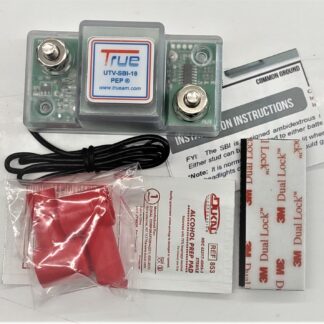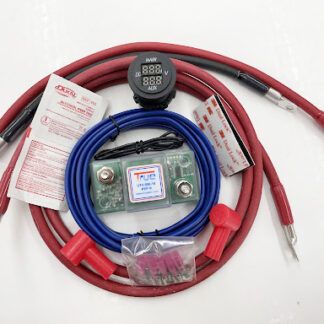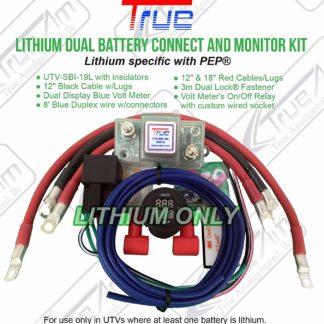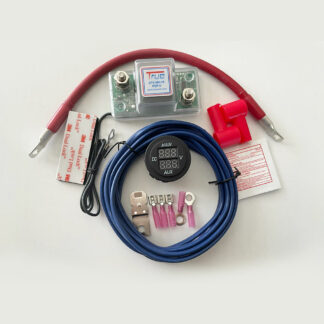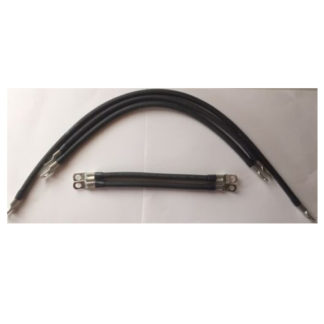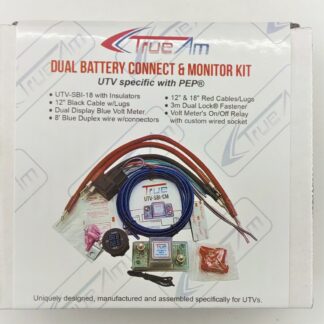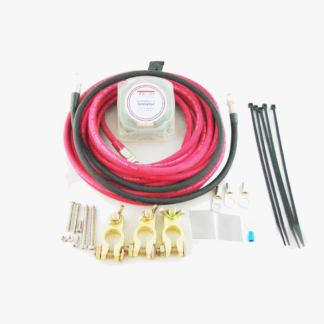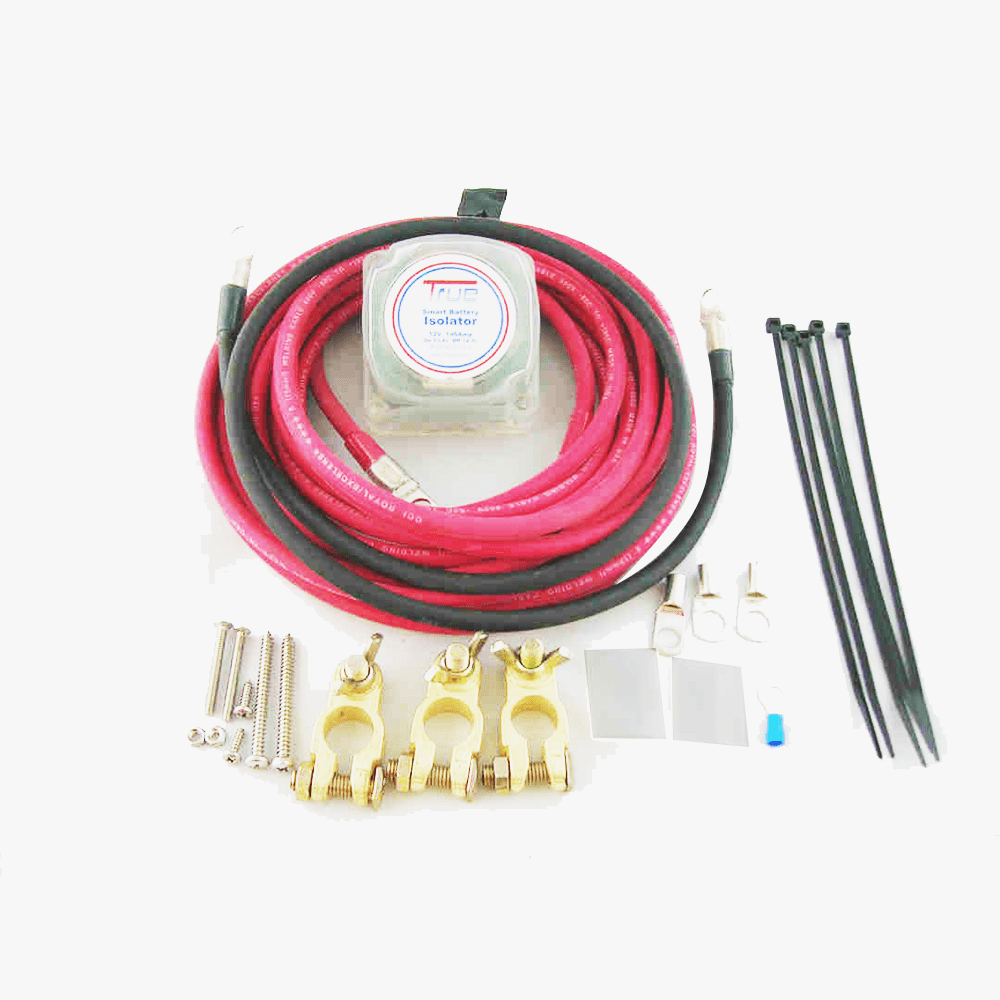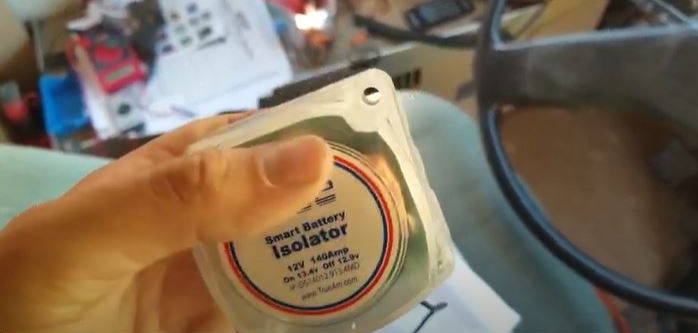
We can now officially say goodbye to the fear of heatstroke and dead batteries as the scorching hot summer days fade away and the season shifts to the sweet, chilly nights of fall. Or can we? Just because you aren’t blasting your car’s air conditioning any longer doesn’t mean your battery is safe from losing its charge. Your battery is at risk of depleting and failing to power your vehicle at ANY time of year, so what do you do to prevent it? Read on to find out, but first:
How Do Car Batteries Work?
Most cars rely mainly on lead-acid SLI batteries to start them. Starting, lighting, and ignition (or SLI) will send a burst of energy to the engine, headlights, and accessories. The alternator takes over once the battery has assisted in starting the engine by generating power while the vehicle is in motion. Now that you’ve learned this bit, we will now examine the factors that contribute to battery drain.
What Drains Car Batteries?
Faulty Alternator
Your battery assists in starting your automobile, but your alternator is responsible for keeping it running and supplying power to electronic parts such as your lights, air conditioning, and radio. An alternator with trouble staying powered may experience difficulties giving power to the battery, leading to battery drain. Your alternator’s diodes transform AC power to DC. A faulty diode in the alternator might cause the circuit to charge even while the engine is turned off, resulting in a no-start issue. Some of the well-known alternator brands are ACDelco 335-1086 Professional Alternator, DB Electrical New Alternator, Bosch AL8782N, and Premier Gear PG-13671 Professional Grade New Alternator.

Poor Charging
The alternator normally charges your battery while you drive. Your car’s battery, however, could drain even while you’re driving if the charging system is malfunctioning. Driving can exacerbate a minor charging issue. This is because many automobiles rely on the alternator to keep the radio, lights, and other electronics running. Loose belts or defective tensioners in the alternator hinder it from generating the charge required to keep the battery from depleting. An alternator is a wear and tear part of your vehicle so read tips on how long the alternator will serve you at axleaddict.com.
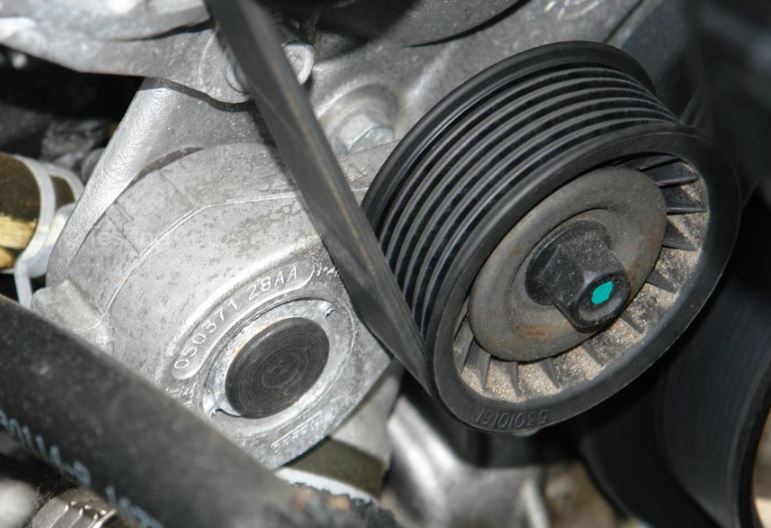
Parasitic Drain
Imagine resetting your car’s clock every time you get in or reprogramming your preferred radio stations every time you go somewhere. Thankfully, we don’t have to because the clock, radio settings, and even the alarm system are powered by the vehicle even when the car is powered off. Although some parasitic drain is necessary to keep these components running, if there is an electrical problem, such as faulty wiring, defective fuses, or poor connections, the parasitic drain can escalate, draining the battery’s charge.
Old Batteries
“In other US states, you don’t purchase batteries; you rent them,” the Auto Mechanic says. It’s simply due to the fact that they don’t survive very long. It’s an achievement in and of itself if you can get two to three years out of your battery. Nevertheless, an old, weak battery will not be able to keep a charge. If your car struggles to start regularly, your battery may be nearing the end of its life. The best way to lengthen your battery life avoiding power pressure such as accessories is running together in your system. The extra or secondary battery is perfect if you enjoy adding electronics to your car. Your accessories should be connected to auxiliary batteries with a smart dual battery isolator managing its charging schedule.
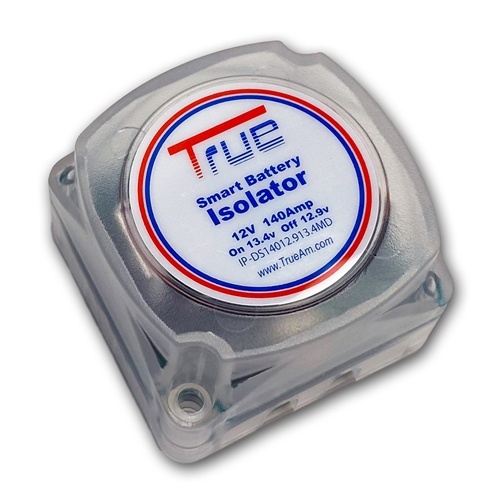
Extreme Weather
Unless you’re traveling, you’ll most likely not experience temperatures like 10 degrees below zero Fahrenheit in Arizona. Sulfation, or the formation of lead sulfate crystals inside the battery, can be caused by continuous exposure to extreme temperatures above 100 degrees. Recharging becomes difficult as a result, especially if the vehicle is only driving short distances. The formation of sulfate crystals can drastically reduce battery life when left unchecked.

Short Trips Galore
Your car likes moving; the more it drives, the more power it gains and the longer it charges. If you only take out your vehicle once a week or take the kids to school a mile away, the battery may run out sooner than expected. At startup, the battery produces the most power. If you turn off your car before the alternator has a chance to replenish the battery, your battery’s life will be cut short.
Battery Cable-Related Problems
How is energy transferred from the alternator to the battery? Battery cables are responsible for this. If the wires are damaged, frayed, or loose, they will struggle to perform their function. Starting the engine will be difficult because the car fails to transfer the electrical current effectively due to loose battery wires. Ensure that your battery connections are tight and free of debris or corrosion by inspecting your cables regularly. Minor tarnishing can be removed with a soft cloth or a toothbrush.
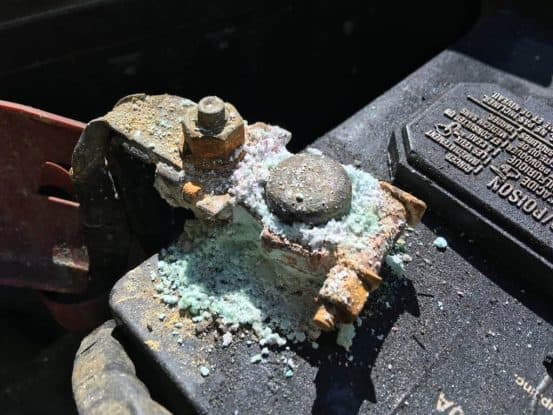
At True Amalgamated Inc., we know a thing or two about batteries. We know they don’t last long in Arizona or North-East America and that when your car’s battery dies, your daily routine can be disrupted. We also understand the anxiety that comes with a dead battery, which never occurs at a convenient time. That’s why we can keep your vehicles or boat running by installing a dual battery system with an automatic dual battery kit from True®.
With the presence of an automatic battery management system, there is no way you will be out of the road. This smart technology used a voltage-sensitive relay to detect both starting and auxiliary battery levels. It automatically isolates or switches the charging of the batteries with starting as the priority. An additional dual display voltage monitor kit helps you to visually verify the status of these batteries.
Additionally, this True@ smart battery isolator is marine grade and known for waterproof connecting cables, anti-vibration casing, and heat-resistant wiring kits. The smart technology is safe and vehicle warranty friendly as the wiring diagram does not have any connection from the alternator. Both Honda Pioneer and Polaris RZR allocated extra spaces for the auxiliary battery and auxiliary isolator kit. Known brands that follow are Ford and GMC.


